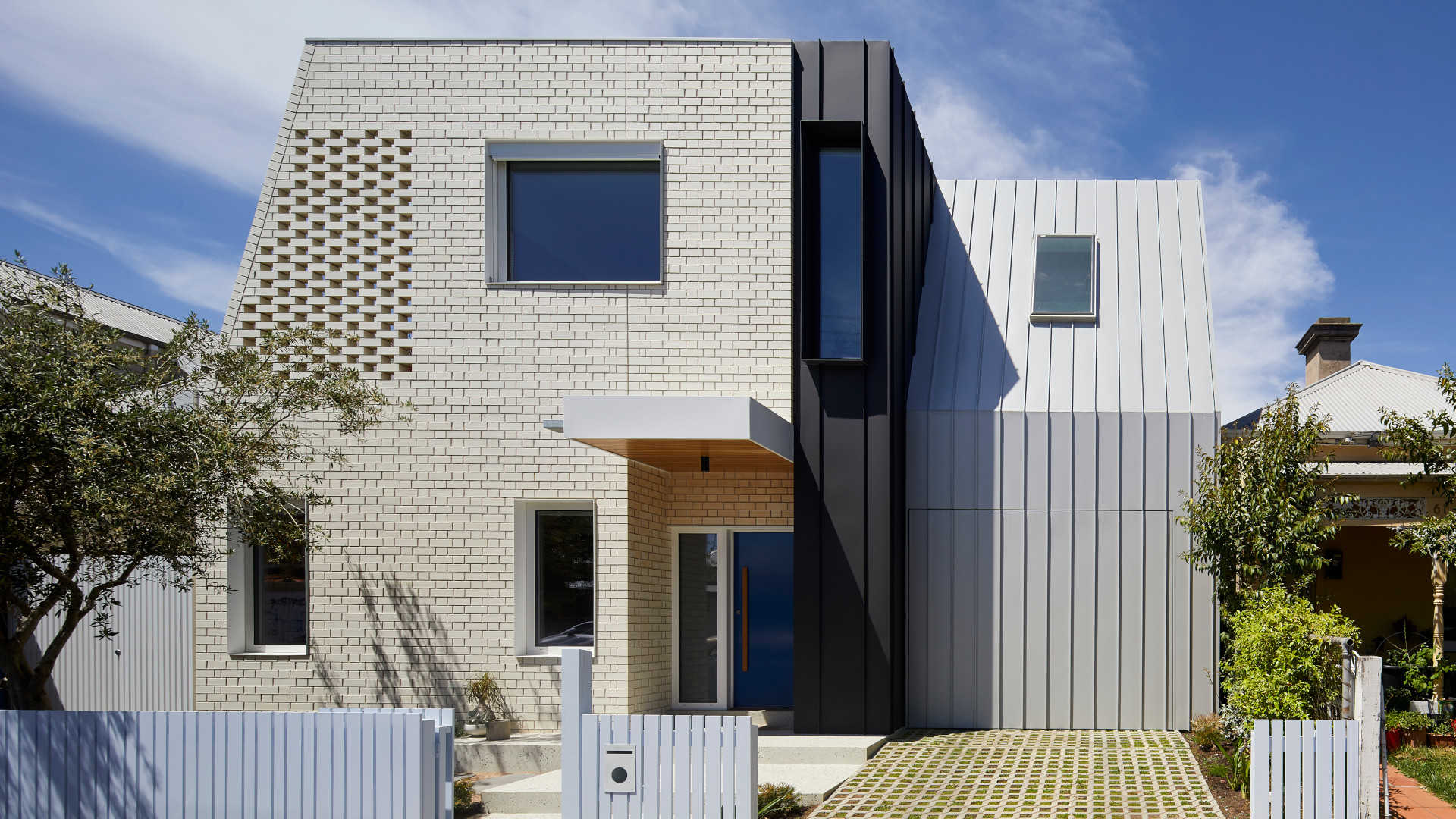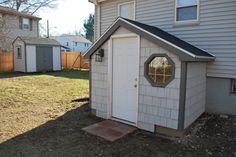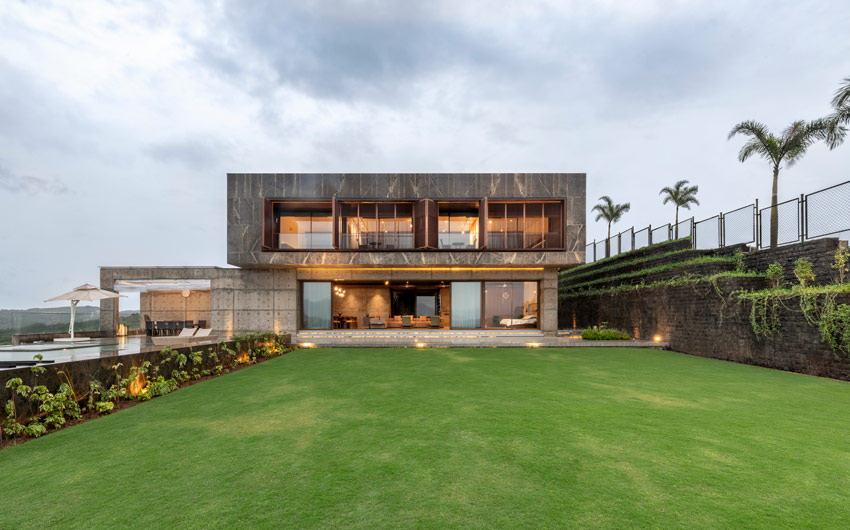
Victorian house designs are a popular choice. They are rich in decorative touches and intricate features. Many homeowners paint their homes with whimsical colors. These homes often have many windows, porches, or bays. They are often two-storied and can be built to any size that suits a family's requirements.
Victorian houses were built mostly with brick and stone. Many Victorian homes had elaborate rooflines and turrets. These homes were designed for grand entertaining. These homes often had a crow’s nest or widow's path. They were often painted in bright colors with elaborate trim like gingerbread.
New technologies were introduced in the Victorian era, including the telegraph. This, combined with the increase in the availability of raw materials, benefited the housing industry. In addition, architects were able to use new building techniques to create more flamboyant homes. This style of house plan was first introduced to the American market in the late 19th century. These house plans were inspired by the Victorian style and are a popular choice for residential housing.

A Victorian house plan is distinguished by its large size and irregularity. This means that there is plenty of space for storage and other features. The most common floor plans have a combination bedroom and bathroom. A Victorian home plan will typically have a main level master suite, as well as secondary bedrooms on the second floor.
Victorian homes are well-known for their extravagant color schemes and traditional architectural features. Some designs use red or pink colors, while others feature greens or blues. It is common to refer to the Victorian color scheme as a "taste" of the past. These homes are typically accompanied by elaborate decorations such as turrets, sash windows, and other embellishments. These home improvements are a great option for homeowners who wish to add some elegance to their home.
Tudor style homes are another variation on the Victorian style. These houses are typically built of brick or stone, and have a pitched gable roof with prominent chimneys. These houses may have brick accents and stone elements. Tudor homes can have many decorative features beyond the basics, such as intricate window grids or clipped gables. These are great for large families and growing families.
Victorian house plans are great for homeowners, because they have unique details and beautiful facades. It can be difficult to build but the result is an elegantly designed home that is both functional and unique. Whether a home owner wants to build a small, single-story Victorian cottage, or a lavish mansion, they are sure to find a suitable plan.

George Barber Homes eBook is a great resource for Victorian house plans. This PDF contains 33 pages and features perspective views of various house designs as well as a list of possible house locations.
FAQ
Which order should you do your home renovations?
It is important to determine where you want to place everything when renovating your house. If you're planning on selling your home soon, it is important to consider how you wish to present your home for potential buyers. The design of your kitchen and living room should be considered. After you've decided on the rooms that you wish to renovate, it is time to start searching for contractors who are experts in these areas. Once you have hired contractors, you can start working on your remodeling project.
Can I rent a dumpster?
After completing a home renovation, you can rent an dumpster. Renting a dumpster to dispose of your trash is a great option.
How do I start a renovation of a house?
Fixing up a home starts with cleaning out all the clutter from inside and outside. Next, clean out any moldy areas. You will need to clean up the exterior and paint.
What is the cost to renovate a house?
The type of material, the project size and the complexity of renovations will all impact the cost. Some materials such as wood require additional tools like saws and drills while others like steel do not. The price for renovations will also vary depending on whether you would like your contractor to do all of the work for you or if it is something you prefer.
The average cost of home improvement projects ranges from $1,000 to $10,000. The average cost of home improvement projects would be between $5,000 and $25,000. You could also spend as much as $100,000 if you do it all yourself.
There are many factors that influence the final cost of renovations. The type of material used (e.g. They include the type of material used (e.g., brick vs. concrete), the size and number of workers involved, as well as the length of each project. These are important considerations to remember when estimating total renovation cost.
How do you choose a good contractor to work with?
Ask family and friends to recommend contractors. You can also look online for reviews. You should ensure that the contractor you select has experience in the field of construction you are interested. Get references from other people and review them.
Do I need an architect or builder to help me?
If you are planning to renovate your own home, it may be easier to just hire someone else to do the work for you. If you're looking to purchase a home, an architect or builder can help you achieve your goals.
Statistics
- Design-builders may ask for a down payment of up to 25% or 33% of the job cost, says the NARI. (kiplinger.com)
- A final payment of, say, 5% to 10% will be due when the space is livable and usable (your contract probably will say "substantial completion"). (kiplinger.com)
- ‘The potential added value of a loft conversion, which could create an extra bedroom and ensuite, could be as much as 20 per cent and 15 per cent for a garage conversion.' (realhomes.com)
- Most lenders will lend you up to 75% or 80% of the appraised value of your home, but some will go higher. (kiplinger.com)
- It is advisable, however, to have a contingency of 10–20 per cent to allow for the unexpected expenses that can arise when renovating older homes. (realhomes.com)
External Links
How To
5 Things You Should Know Before Starting Your House Renovation
-
Do you really want to do this? It's likely that you will need assistance if you plan to tackle a large home improvement project, such as remodeling your kitchen or bathroom or building a new home. But if you don't feel confident enough to tackle such a large task alone, then you might want to reconsider doing so. It can take up your time and cost you money. You won't reap the benefits. Hire someone who knows the ropes to help you. You'll be able to save a lot of time and stress while still having a lovely space to call your own.
-
How much should you spend? This one may seem obvious, however spending too much on renovation projects could make matters worse. The reason is because you'll probably find yourself having to pay back most of the costs at the end of the day. You should stick to your budget, even if it's a tight one. Otherwise, you could end up paying a fortune without getting anything in return.
-
Do I prefer to hire professionals or DIY? - Although there's no right answer, we would recommend hiring professionals if you have the means. They can give you sound advice about how to proceed with your project. They'll install your plumbing correctly, provide a warranty, and ensure everything goes according to plan. DIY projects are often a trial-and-error process, so you'll need to learn a lot from your mistakes. You'll also have to deal with any problems that may arise throughout the process.
-
How much can I afford it? - Don’t underestimate the cost associated with a home renovation. You might need to borrow money from family and friends to pay the bills. When you want to sell your existing property quickly after the renovations are complete, you will need to account for the price of selling it.
-
How do I begin? There are no right or wrong places to begin when choosing where to start. We suggest you choose something you like to do. If you enjoy what you do, you will be more motivated to continue working and less likely procrastinate. Also, avoid places that are difficult to maintain. For instance, you shouldn't attempt to redecorate your living room if you're constantly dealing with dust and dirt.